Microsoft metaverse discussions are among essential topics in the world. Microsoft is mainly responsible for popularizing home computers and the internet. Its technical resources and market presence give them an impressive reach. Microsoft may become as synonymous with the metaverse as it was with the internet. You’ll soon see exactly how you can keep up with Microsoft’s vision.
Quick Menu:
- Understanding the Metaverse as a Whole
- What is Microsoft?
- What is Microsoft’s Metaverse?
- What Is Microsoft’s Metaverse Strategy?
- Microsoft Metaverse (Future) Products and Services
- Microsoft Metaverse & Other 4 Giant Tech Companies
- What Are the Challenges Facing Microsoft’s Metaverse?
Understanding the Metaverse as a Whole
The Microsoft metaverse is a fantastic and continually expanding concept. But understanding Microsoft’s take on the idea requires a look back at the metaverse as a whole. The metaverse can best be defined as a virtual world or universe free of any actual boundaries. You can step into it with virtual reality (VR). Or you can bring it into the physical world with augmented reality (AR).
You can even use 2D systems like game consoles or phones to interact with the metaverse. It’s essentially a boundless dimension that’s decentralized and which can appear differently depending on the technology accessing it. But it’s also “always on” and persistent. Like the physical universe, the metaverse never turns off.
The metaverse is also similar in that it’s a predominantly social experience. You can bring friends to the metaverse or make new ones along the way. And the vision of users and developers is shaping the metaverse’s future. It’s still emergent and experimental technology. But you can explore it right now. You can learn even more about the foundational elements of the metaverse in the article “Metaverse Guide; Understanding The Basics Will Open Up a New World”.
What is Microsoft?
A solid understanding of the metaverse brings up another important question about the Microsoft metaverse. What defines Microsoft as a company rather than just a brand? What is Microsoft working toward, and how does the metaverse fit?
The Microsoft name is a portmanteau of “microcomputer software”. It was coined by Bill Gates and Paul Allen when they founded the company in 1975. Microsoft’s original business strategy centered around BASIC interpreters. But their work on MS-DOS launched the company into widespread fame within the tech industry. Microsoft would eventually build Windows 3.1 on top of DOS and then leverage Windows as a full successor to the command-line-based operating system. This marked the point where it went from fame within the tech sector to fame within the world as a whole. Microsoft would leverage that success to gain prominence in Web browsers, console gaming, and a wide range of enterprise-level products.
Microsoft’s rapid growth also provided it with potential for corporate acquisitions. This resulted in an even greater range of services without investing time in research and development. Companies incorporated by Microsoft include Skype Technologies, Mojang (the developers of Minecraft), and Github. Most recently, Microsoft acquired gaming giant Activision Blizzard for $70 billion. This is seen by many as a giant leap forward in Microsoft’s Metaverse. CEO Satya Nadella pointed out that the acquisition would “provide building blocks for the metaverse”. Microsoft’s Hololens and Mesh are also part of its larger plan.
What is Microsoft’s Metaverse?
Defining the metaverse is, in many ways, as difficult as defining the totality of the physical world. But Satya Nadella has a solid definition of a Microsoft metaverse. The Microsoft CEO sees the metaverse as an essentially transformative technology. Nadella, and Microsoft as a whole, see the metaverse as a platform where people can let their creative drives reach their true potential. Nadella sees the metaverse similarly to the early Internet that Microsoft helped popularize. The internet enables people to create websites. But the metaverse allows them to create worlds.
Microsoft is also aiming to recreate the universal accessibility of the internet with their metaverse. The internet is accessible through a wide range of technologies. And systems like Microsoft’s Teams support both 2D screens and more immersive displays through AR or VR headsets.
Microsoft further aided in this endeavor through its dedication to a wide range of different technologies. Microsoft is working on advanced mixed reality display systems like HoloLens and offering a wide variety of cloud-based services through Azure Intelligent Cloud. And on top of those platforms, the company also has Unity, Modern Workplace Solutions, and Office and Dynamics 365.
Video: What is Microsoft’s Metaverse?
What Is Microsoft’s Metaverse Strategy?
At this point, it’s clear that Microsoft has the resources and drive to develop its unique take on the metaverse. But the most exciting question is how this will all take place. Microsoft’s strategy will obviously change and evolve over time. But at the moment, there are a few key components that the company is leveraging to make their view of the metaverse a reality.
Microsoft Metaverse Business Approach
The Microsoft metaverse is in many ways an extension of Microsoft’s larger approach to business. The same overall philosophy that expanded computers into personal and professional spaces is now at work within the larger metaverse. And this can be seen through some specific relationships with various usage scenarios.
Microsoft Metaverse Used on The Workplace
You might not think of offices as a hub of innovation and showmanship. But Microsoft is changing the face of the modern workplace through its online collaboration system – Teams. Nicole Herskowitz, VP of Teams, has spoken at length about the role of Teams in solving some of the modern era’s issues with the workplace.
Herskowitz notes that contrary to expectations, younger people have demonstrated more difficulty in forming personal relationships within a digital workplace. And more than 50% of millennials and Gen Z believe they’re likely to find a new job over the next year. Herskowitz believes that Teams and the metaverse can help solidify bonds within the workplace. Likewise, Herskowitz states that the metaverse is a natural workplace evolution. It’s a new take on the concept, making it easier to form genuine bonds than traditional digital communication methods.
The metaverse is coming to Teams through Mesh. The Mesh technology brings full 3D environments and avatars to Teams. But these aren’t just simple static representations of the users. The Mesh avatars sync up to a user’s emotions by mirroring lip and head movements. It even allows for instant switching between business attire and casual clothing.
Video: Introduction to Microsoft Teams
Microsoft Metaverse Industrial Usage
The Microsoft metaverse isn’t limited to just virtual reality. Microsoft explores every area of the metaverse, including augmented reality (AR). One recent example comes from Kawasaki’s use of Microsoft’s metaverse to aid in their factory floor production. And they’re doing so through Microsoft’s HoloLens headsets.
Kawasaki is using the headsets to create digital mirrors of existing workplaces essentially. This allows them to, for example, have a remote expert appear next to someone performing complex repairs. This makes augmented reality a central component of Kawasaki’s repairs, supply chain management, and even robotics manufacturing. Of course, Kawasaki is far from the only company leveraging Microsoft’s metaverse for industrial use. Companies as diverse as Heinz and Boeing are benefitting from the Microsoft metaverse.
Jessica Hawk, corporate vice president of mixed reality within Microsoft, has provided insight on the metaverse’s role in industrial use. She stresses that these digital technologies can solve real-world problems. This can range from educational or mentorship functions within a company to working to unblock supply chains.
Video: Kawasaki Heavy Industries
Microsoft Metaverse Consumer Approach
Microsoft’s initial rise was largely thanks to operating systems and productivity software. But an entire generation has grown up with just as much familiarity with Microsoft as a gaming company. Microsoft’s CEO, Satya Nadella, recently discussed how the company is evolving this approach into the metaverse.
Nadella held up three of Microsoft’s most notable gaming properties – Halo, Minecraft, and Flight Simulator. And he highlighted that each one of them had already reached out into the metaverse. There’s no set timeframe for Microsoft’s larger-scale expansion of its gaming properties. But the company’s acquisition of Activision Blizzard highlights how serious they are about gaming. Microsoft’s Game Pass service currently has over 25 million subscribers. In comparison, Activision’s Call of Duty has a player base of over 100 million. And that’s just a single game from the new acquisition.
Microsoft acquired a host of popular franchises from the Activision Blizzard deal. This includes Warcraft, Diablo, Candy Crush, and Call of Duty: Infinite Warfare Jackel Assult VR. But perhaps most notably from the perspective of the metaverse, Microsoft also acquired Overwatch. This focus on gaming highlights that Microsoft’s metaverse spans everything from boardrooms to industrial factories and people’s homes.
Video: Xbox Game Pass Walkthrough
Microsoft Metaverse (Future) Products and Services
Microsoft’s metaverse projects can be organized into a few main categories. The future of the Microsoft metaverse will inevitably come with some surprising and exciting new entries. But at the moment, the following categories form the foundation of Microsoft’s work on the metaverse.
Microsoft Hololens
The Microsoft Hololens is an integral part of the larger Microsoft metaverse strategy. Augmented reality is one of the less successfully represented aspects of the metaverse. But Microsoft has successfully created a true implementation of the most critical parts of augmented reality. People can essentially use the Hololens to overlay the metaverse onto the world around them. And the company has put particular emphasis on the idea of erasing geographic boundaries. The Hololens can bring people together even when they’re physically separated. This has been especially important in industrial settings where experts can essentially be deployed on-site through augmented reality.
Video: Introducing Microsoft HoloLens 2
Microsoft Mesh
Microsoft Mesh is part of what makes the Microsoft HoloLens so impressive. The HoloLens is the hardware, and Mesh is the software responsible for telepresence. Mesh is itself powered by Microsoft’s Azure Cloud technology. This highlights how interconnected the Microsoft metaverse is. Mesh is a fantastic piece of technology that lets people be present in physical locations with a virtual body. But this is mainly possible because of interoperability with other Microsoft products. Mesh is easily one of the most technically impressive augmented reality apps. And that’s thanks to Microsoft’s larger metaverse, which expands its capabilities with hardware and software.
Video: Introducing Microsoft Mesh
Microsoft Metaverse Inside Teams
Microsoft Teams was initially launched as a productivity tool in 2017. Since that initial release, it’s been continually updated to help companies manage their teams. But 2022 marked the point where Teams officially became part of the larger Microsoft metaverse. This came about thanks to integration with Mesh. Thanks to Mesh, people can now essentially use Teams to create shared, virtual office environments. This can be used for meetings, collaborations, or anything else which benefits from personal interaction. Ongoing studies have shown that this technique makes people feel more engaged and present when using these metaverse technologies.
Video: Let’s Explore Microsoft Teams
Microsoft Games
People often compare to video games when presented with previous examples of the Microsoft metaverse. And it’s not surprising that people link the two. After all, both video games and the metaverse offer digital abstractions of concepts found in the physical world. Satya Nadella recently said that the metaverse is essentially about creating metaverse games. Putting digital representations of things from the physical world into a digital physics engine, then using that engine to enable all pieces to interact.
The similarities with gaming make Microsoft a perfect company to create its own take on the metaverse. Microsoft had a user base of over 25 million subscribers on its Game Pass service. And with popular multiplayer options like Warcraft, Diablo, and Overwatch, the numbers are set to skyrocket. Microsoft is a company with a vast userbase in both gaming and productivity software. And that is, in many ways, precisely what the metaverse is all about—bringing work and hobbies together to form a proper world with limitless possibilities.
Video: Diablo IV | Necromancer Cinematic Trailer
Securing Microsoft’s Metaverse
Of course, all of these advanced technologies also call for advanced security. The internet brought untold riches to the world. But at the same time, it poses several cybersecurity risks if people jump into it unprepared. Microsoft is working to secure its metaverse to ensure that people can use it safely and securely. One of the most significant protections comes from identity. The Microsoft metaverse puts a high priority on the prevention of identity theft through many systems. This includes multi-factor authentication, passwordless authentication, and the larger-scale interoperability from shared platforms.
Microsoft Metaverse & Other 4 Giant Tech Companies
Microsoft is an undeniable giant within the larger tech industry. But it’s hardly alone in having both a large presence within that field and a strong investment in the metaverse. Most of the big tech companies are working on their own metaverse implementations. And four metaverse companies in particular are especially noteworthy in that respect.
The Microsoft Metaverse and the Metaverse of Facebook/Meta
Facebook was many people’s first introduction to the concept of a metaverse. When the company rebranded to Meta, it also brought attention to the idea of virtual worlds. But whether you call it the Facebook metaverse or the Meta metaverse, there’s one undeniable fact. Mark Zuckerberg is investing a vast amount of his company’s resources into developing the larger metaverse, including the Horizon platform’s virtual environments and virtual reality hardware like the Oculus headsets. You can see the entire range of Zuckerberg’s vision of the metaverse in the article “Facebook Metaverse; Explained, Examples, Devices, Vision & Critics”.
The Microsoft Metaverse and Apple’s Metaverse
Microsoft and Apple have been competing with each other since the early days of home microcomputers. However, Apple tends to wait for technologies to mature before putting their iconic spin on them. And this is the case with their relationship to the metaverse and Microsoft metaverse. The company is currently putting a lot of work into metaverse-related research and has been for a considerable number of years. But they’ve finally begun to open up about their plans. You can get a look at Apple’s latest metaverse ventures in the article “Apple Metaverse; How Apple Enters the New Digital Frontier”.
The Microsoft Metaverse and Amazon’s Metaverse
The Microsoft metaverse is considerably ahead of most of its competitors. Apple and Amazon alike have been somewhat guarded about discussing the subject. And in many ways, Amazon has been even more secretive than Apple. Amazon has been explicitly seen hiring people for positions related to the metaverse. And they’ve even worked blockchain support into the AWS Cloud Quest game. The game is largely an educational tool, but it highlights the fact that Amazon is working on metaverse-related projects behind closed doors. You can investigate further into Amazon’s metaverse in the article “Amazon Metaverse; Amazon’s Vision Entering the Metaverse”.
The Microsoft Metaverse and Google’s Metaverse
Google occupies a midway point between the openness of the Microsoft metaverse and the secrecy of Apple. Some of Google’s projects, like Google Glass or Cardboard, have been developed in public sight since the beginning. But Google is also working on tech like Project Iris behind closed doors. Google’s physical security measures include special keycards and NDAs just to get close to anything related to Iris. Google clearly expects to leverage the metaverse in a big way. You can delve into Google’s view on the metaverse and immersive computing in the article “Google Metaverse: Google’s Take on the Digital Universe”.
What Are the Challenges Facing Microsoft’s Metaverse?
The Microsoft metaverse is growing at a rapid pace. But that’s not to say that there aren’t any roadblocks or challenges in its future. There are a number of social and technological challenges ahead of Microsoft as it develops the new digital frontier. The following, in particular, deserve extra attention from both Microsft and end-users alike.
Issues With Data and Security Within the Metaverse
Security is a longstanding issue with anything related to the internet. The metaverse offers a whole new world of possibility. But this also opens up just as many security concerns. Microsoft’s metaverse faces the challenge of balancing these new possibilities against new forms of security to protect people from any given threat. This will likely require all new authentication methods and proof of identity to protect oneself and digital assets.
Assessing the Limits of Metaverse Hardware
The internet is ubiquitous mainly thanks to the fact that it’s available through people’s phones. But full access to the Microsoft metaverse is still dependent on extremely specialized and fairly expensive hardware. On top of that, much of Microsoft’s current work on the metaverse is targeting professional spaces rather than the living room. Microsoft will need to overcome the limitations of hardware cost and availability to popularize its metaverse thoroughly.
Analyzing the Need for Secure Digital Payments
People enjoy the internet for a wide variety of different reasons. But one of the internet’s biggest draws is its ability to act as a worldwide storefront. People can securely buy and sell to people all over the world. Microsoft faces the challenge of bringing that same level of ease and security to the Microsoft metaverse. This will come in two major parts. Ease of use for various cryptocurrencies and adequate security when doing so.
Protecting Your Identity in the Metaverse
Identity is an integral part of the physical world, though much less of a concern on the internet. But the Microsoft metaverse is essentially a form of the internet that mirrors the physical world. As such, Microsoft needs some additional methods to adequately allow people to verify or prove that they are who they say they are. This isn’t a trivial matter in a universe where people can look and sound like whoever they want.
Addressing the Risk of Addiction
Anyone who’s experienced the metaverse can attest that it’s like living in a dream. It’s a universe that’s like the physical world but better. And this sometimes results in dissatisfaction with the real world as a type of “VR hangover”. The Microsoft metaverse needs to safeguard people against the very real potential for addiction. Digital universes need to be used as an addition to the physical world rather than as an escape.
The Nature of Law & Rightful Ownership in the Metaverse
What laws do you need to obey? It’s an easy question to answer in the physical world. You’re obviously bound by the law of your country, state, or province. But things become more complicated within the metaverse. The Microsoft metaverse raises unique challenges to people’s view of the law. The metaverse is a universe where people with a wide variety of different assumptions about justice gather together. And it’s also one with unique distinctions in ownership and identity.
The metaverse as a whole, and especially curated metaverses created by individual companies, will have to find ways to both codify internal law and enforce it. Likewise, to determine how various issues related to someone’s physical location laws. These sociological issues are less overtly apparent than the technological challenges. But developing shared values and distinct legal domains is as complex as developing new hardware.
The Microsoft metaverse is exciting in large part because it’s constantly evolving. The tech industry’s biggest names are working on their own metaverse concepts. And each brings something unique. Staying current with Microsoft’s metaverse means seeing part of the future.
Did You Like This Article About Microsft’s Metaverse?
You might also be interested in the following articles:
- Metaverse Standards Forum; What Is it & Why Is it Needed?
- Metaverse Events; 10 Incredible Options for Industry Professionals
- Decentraland Guide; Overview, Components, Things To Do & More!
- Metaverse Meaning; Different Ways of Defining the Metaverse

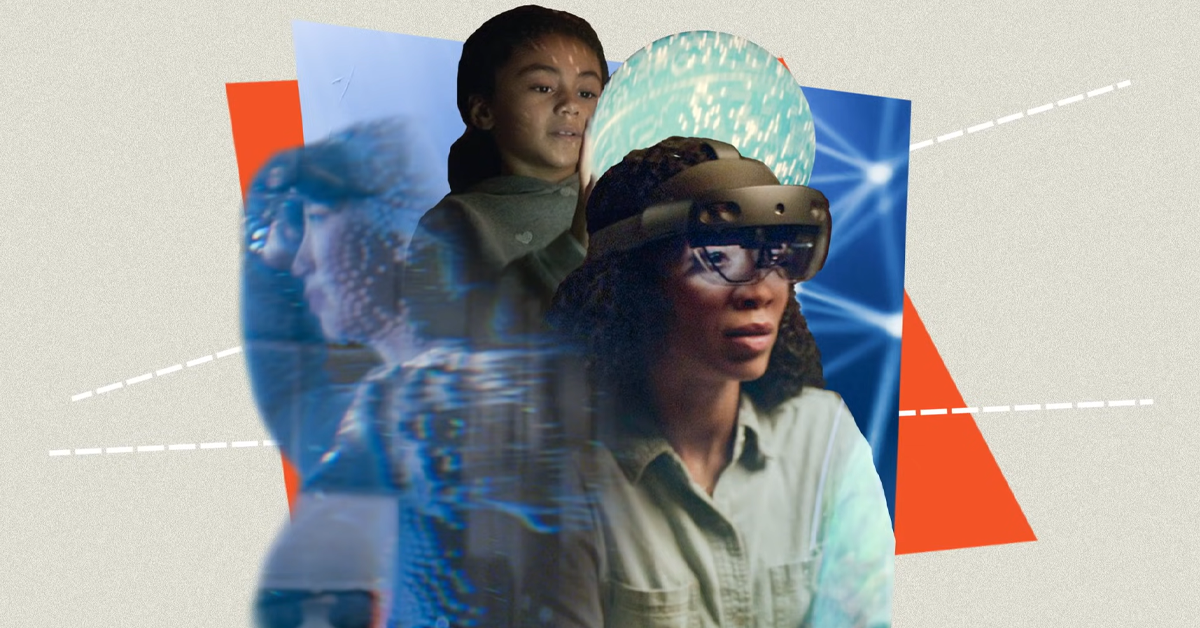
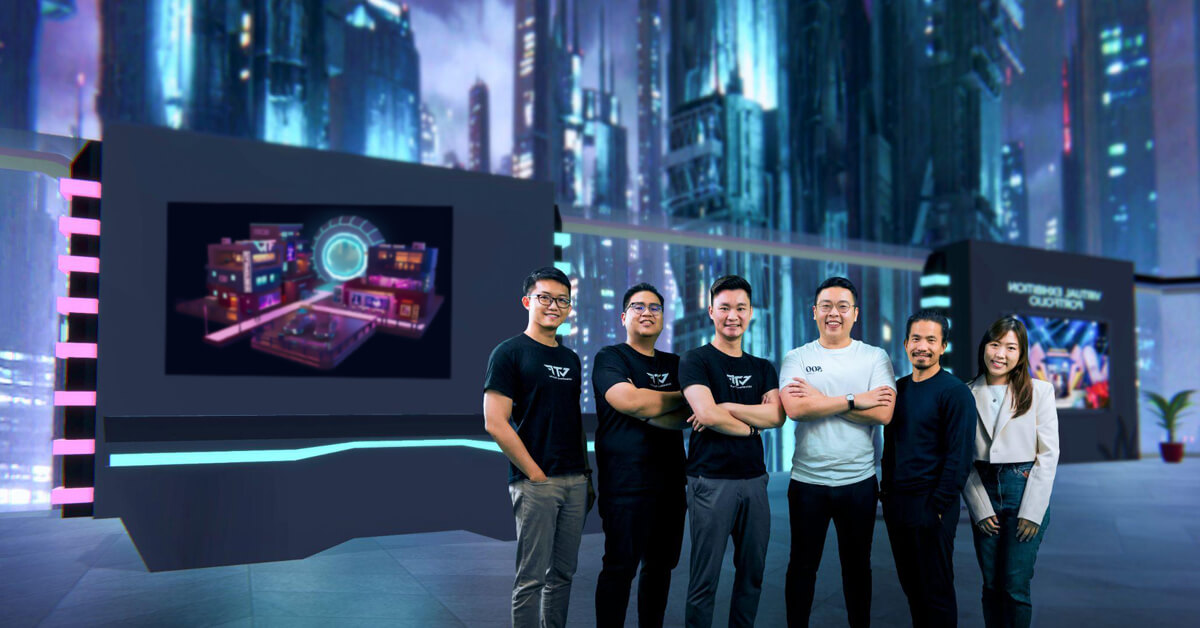

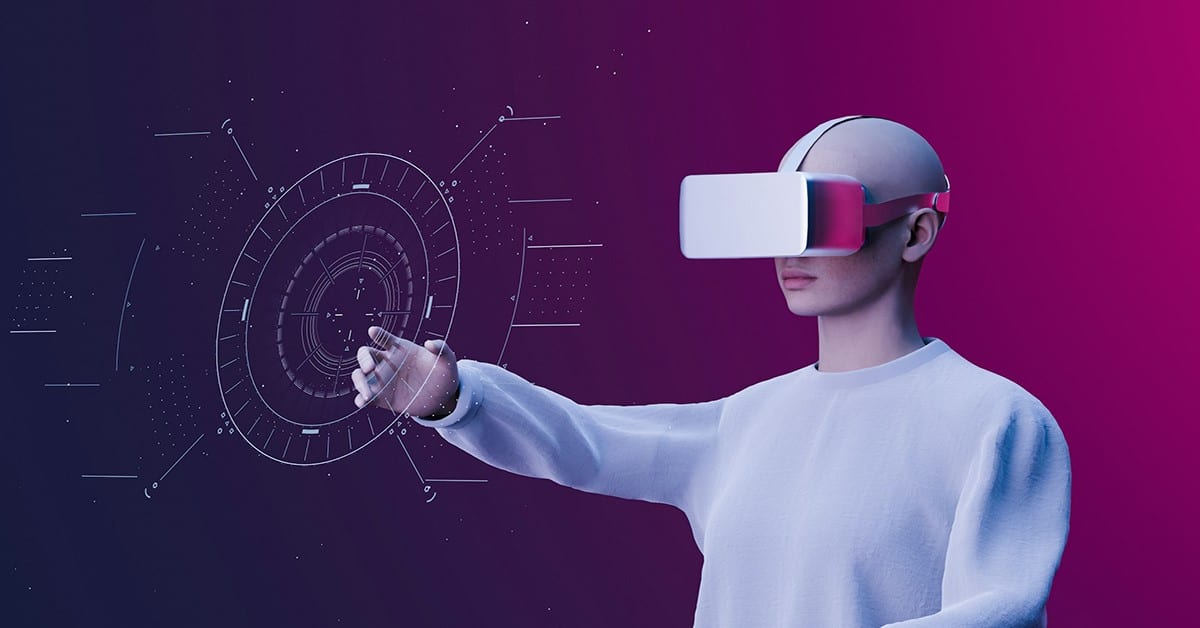
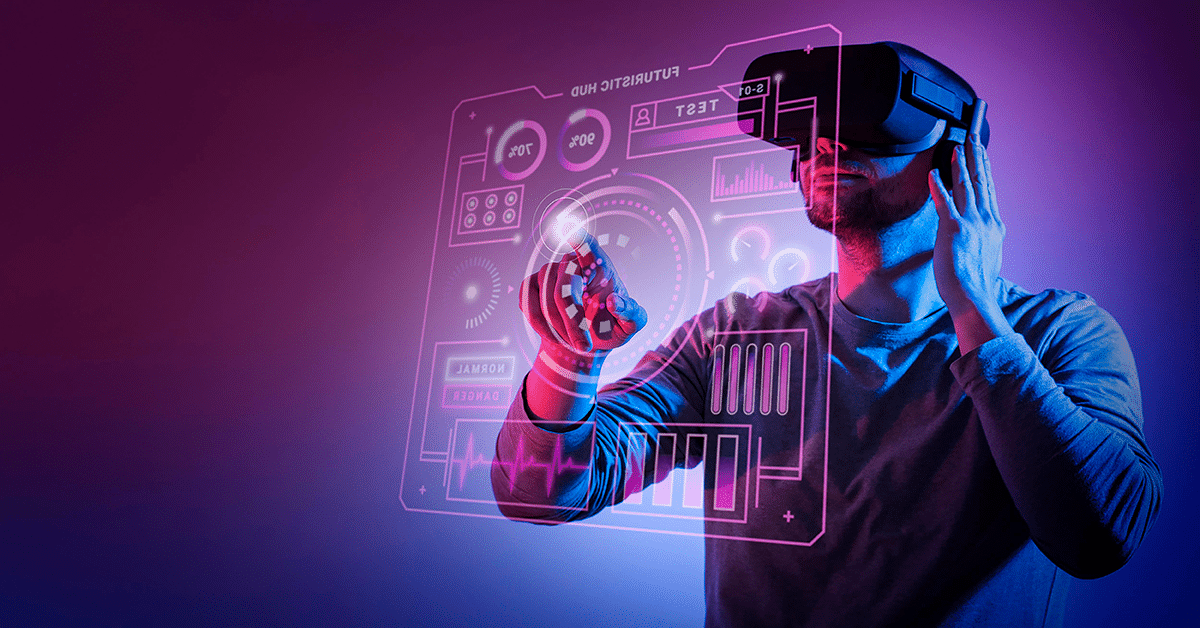
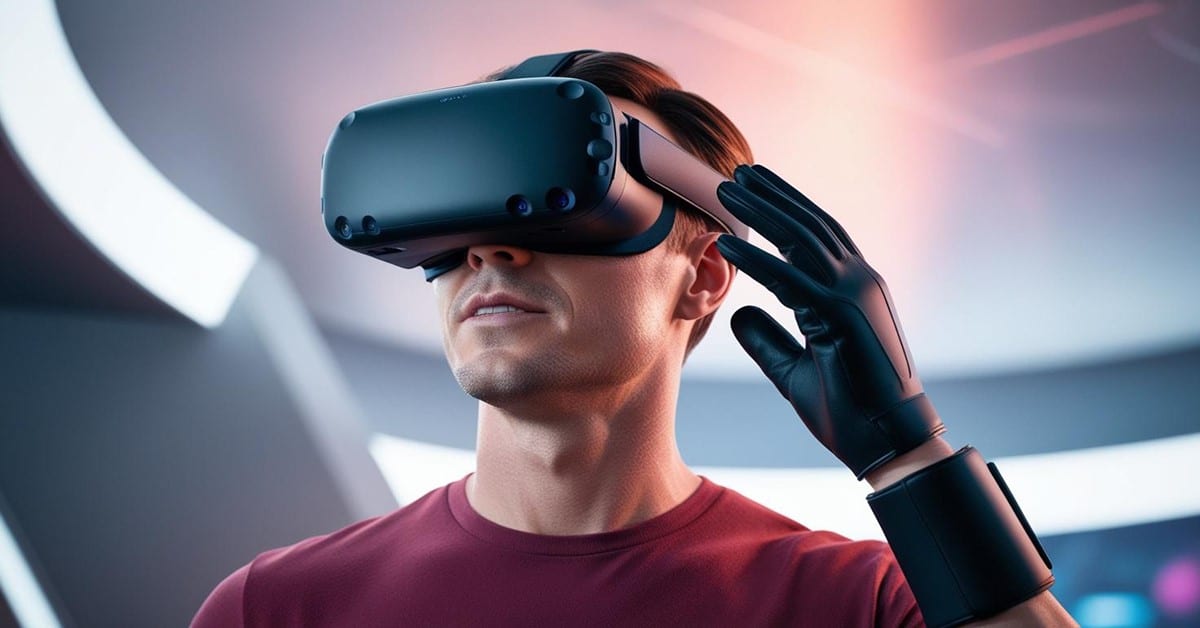
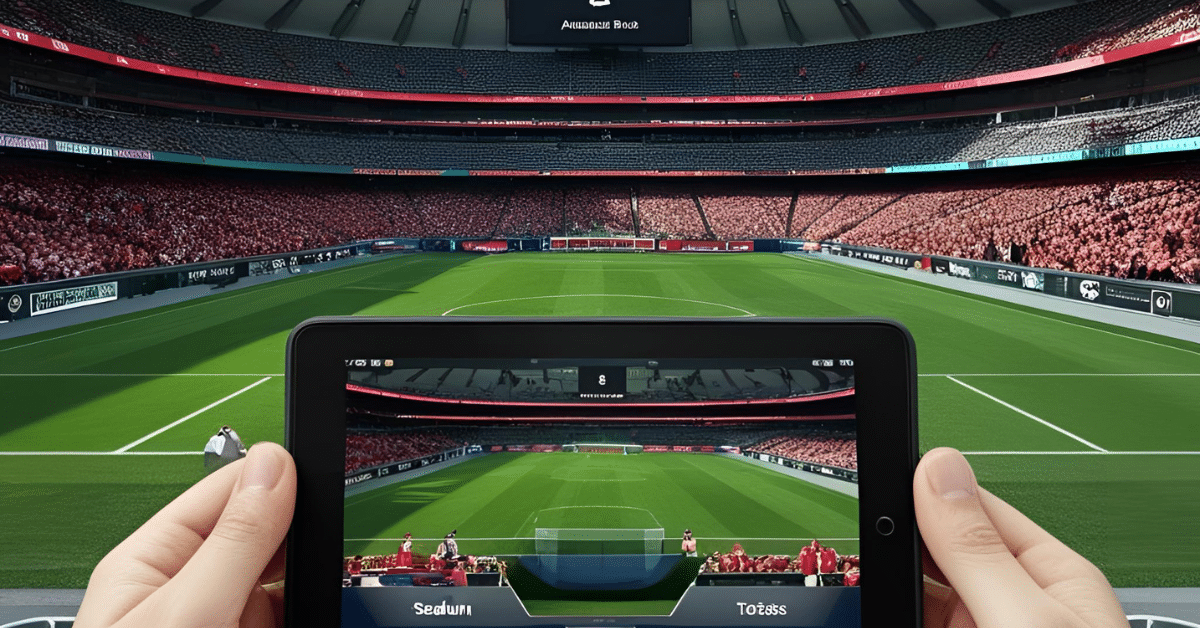

Leave A Comment